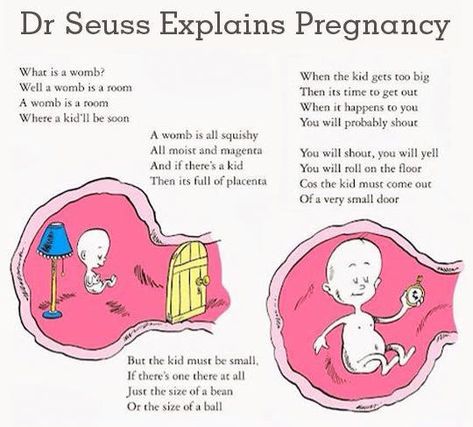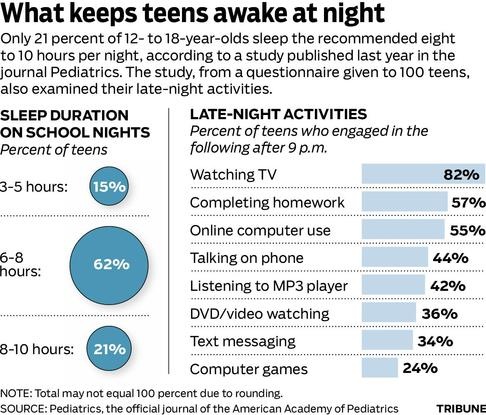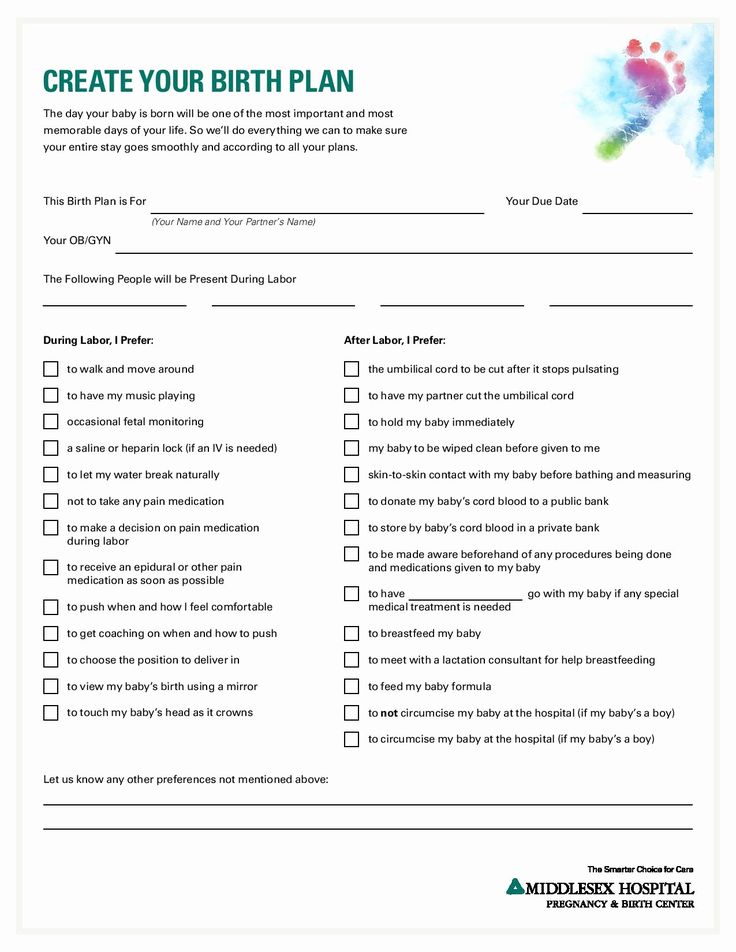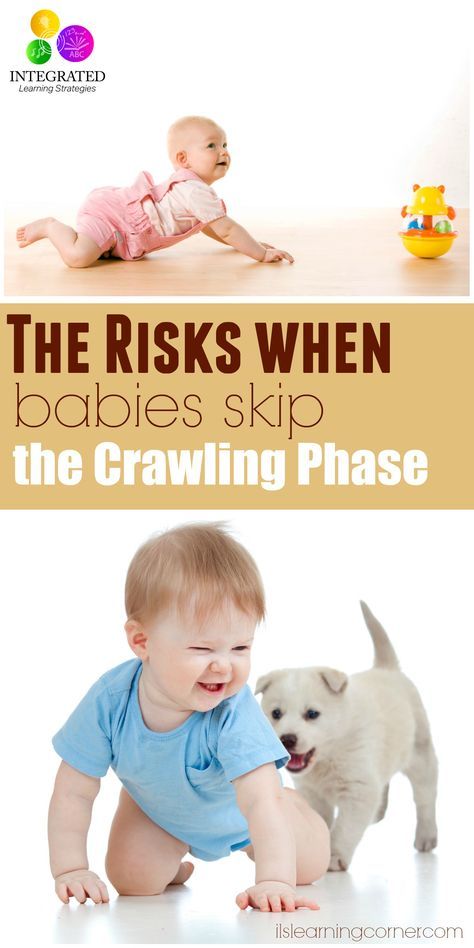Does baby make noise in the womb
Do Babies Cry in the Womb? Plus, What It May Mean
If you’re like many expecting parents, you can’t help but wonder — as your baby rolls, punches, and kicks — what exactly goes on in the womb.
Scientists are curious as well, and they’ve been studying fetal behavior in utero for decades. Thanks to technological advancements, more is known about what goes on in the womb than ever before. We can even answer the question: Is my baby crying in there?
The answer is: They could be, although not in the way you’re picturing. To hear those real, full-blown infant cries, you’ll have to wait for the delivery room — or shortly thereafter, when you’re trying to get some sleep at 2 a.m. (However, your baby can still benefit from your soothing voice and touch until then.)
Let’s take a look at what’s going on that you can’t hear or see.
To understand whether babies really “cry” in the womb, it’s important to take into account what goes into the behavior of crying, not just the characteristic sound. Babies can’t be heard crying until they’re in contact with air rather than fluid, so scientists rely on studying the complex physical behaviors and responses that cause a cry.
In 2005 New Zealand researchers conducted one of the most influential studies on babies crying in the womb, providing an ultrasound video of what they interpreted to be a crying baby. They broke the cry down into multiple steps, or a series of body motions and breathing (rather than just sound) to confirm that the baby was crying.
Before this study, only four behavioral, fetal states had been proven to exist, including quiet, active, sleep, and awake states. However, the findings revealed a new state, referred to as 5F, which is the state of crying behaviors.
By 20 weeks old, the New Zealand study revealed, a fetus can perform all of the actions needed to cry, including:
- extending the tongue
- coordinating more complex breathing efforts
- opening the jaw
- moving the mouth
- quivering the chin
- swallowing
The babies observed crying in the womb were 24 weeks and older.
The same study reported that the only audible cries heard by the outside world occur during an extremely rare phenomenon called vagitus uterinus.
It involves a baby crying in utero during an operation in which air has been allowed to enter the uterus, suggesting that the first audible cries only happen during the transition to the outside world.
You can see it on their face
Another study in 2011 focused on facial expressions before birth, which is a key indicator of the crying response. (Any parent who has ever seen a baby having a tantrum knows their face is everything but neutral!)
Scientists in this case also agreed that while the non-vocal behaviors related to crying develop before birth, the vocal component of crying doesn’t start until birth. So while you may see your baby’s face scrunched up during the third trimester on an ultrasound, you’re not going to hear anything!
Basically, your baby is practicing how to cry — let’s call it warming up for the real thing. The studies mentioned above used a sound to startle the fetus to achieve the crying response, avoiding anything that would cause pain. Even after that, babies cried for less than 15–20 seconds, so there aren’t any hour-long cry-it-out sessions taking place in your womb!
The studies mentioned above used a sound to startle the fetus to achieve the crying response, avoiding anything that would cause pain. Even after that, babies cried for less than 15–20 seconds, so there aren’t any hour-long cry-it-out sessions taking place in your womb!
Scientists generally agree that babies can feel pain by the third trimester, although there’s some debate on when exactly this begins. The crying studies simply show that babies can process something as a negative stimulus and react to it accordingly.
There’s no proof at this point that the baby is sad, having gas, or responding to other uncomfortable circumstances, but scientists aren’t completely sure.
It may be beneficial to focus on the cool things going on in there rather than worry about brief crying episodes. You can even control your potential ability to help baby feel secure!
A 2015 study showed that babies respond to both maternal touch and sound, further proving that you should be talking, singing, reading, and communicating with your baby in the womb.
The scientists explained that a fetus showed more movement when mom put her hands on her belly. What’s more, a baby in the womb might even become calmer when you talk to them in a soothing voice!
In addition, third-trimester fetuses showed more regulatory behaviors, such as yawning, resting behaviors like crossing their arms, and self-touch when mom spoke to or touched her belly (compared with second-trimester fetuses). Your baby is also able to smile and blink in the womb.
So disregard the naysayers who think your baby can’t hear you or respond to your touch. Chat with your baby about anything you want, sing songs, and touch your belly until your heart’s content.
While it’s true your baby can cry in the womb, it doesn’t make a sound, and it’s not something to worry about. The baby’s practice cries include imitating the breathing pattern, facial expression, and mouth movements of a baby crying outside of the womb.
You shouldn’t worry that your baby is in pain. Developing the ability to react to negative stimuli is a skill that scientists have described as useful later, when baby’s cries will surely get your attention!
Developing the ability to react to negative stimuli is a skill that scientists have described as useful later, when baby’s cries will surely get your attention!
In addition to crying, babies can respond physically to a mother’s touch or voice, so spend time touching your pregnant belly and speaking to your baby.
Sounds inside the womb revealed
Sounds inside the womb revealed
Download PDF
- Published:
- Michael Hopkin
Nature (2003)Cite this article
-
10k Accesses
-
4 Altmetric
-
Metrics details
Sheep study spies on what a fetus can hear.
You have full access to this article via your institution.
Download PDF
Download PDF
An unborn baby is more likely to hear vowel sounds than consonants. Credit: © Brand X
A team of US researchers has made an inventive attempt to discover how much an unborn baby can hear in the womb ? by making recordings from the inner ear of a fetal sheep.
They found that low frequencies reach the womb with ease, whereas higher-pitched sounds are more muffled. This implies that vowel sounds ? the 'melody' of speech ? reach the fetus's ears, says Ken Gerhardt of the University of Florida, who led the study. But consonants, which are spat out at higher frequencies, are obscured. "A fetus would hear the low notes on a piano but probably not the higher ones," Gerhardt says.
The researchers made the recordings by removing a sheep fetus from the womb and inserting tiny electrodes into its inner ear. The implants picked up the electrical signals generated in the ear in response to sound. The team then returned the fetus to the womb and played it human speech through a loudspeaker next to its mother's body.
The implants picked up the electrical signals generated in the ear in response to sound. The team then returned the fetus to the womb and played it human speech through a loudspeaker next to its mother's body.
When the researchers asked human volunteers to listen to sounds recorded in the womb, the listeners correctly identified only about 40% of the words1.
The recordings should be very similar to how an unborn baby would hear voices, including that of its mother, says developmental psychologist Anthony DeCasper of the University of North Carolina-Greensboro. So a baby in the womb would presumably hear the muffled sing-song of speech without much definition. "It would be like Lauren Bacall speaking from behind a heavy curtain," says DeCasper.
Animal of choice
Gerhardt is confident that the acoustics of human and sheep wombs are roughly the same. "It's all inferential of course," he says, "but the sheep is generally the animal of choice for pregnancy research.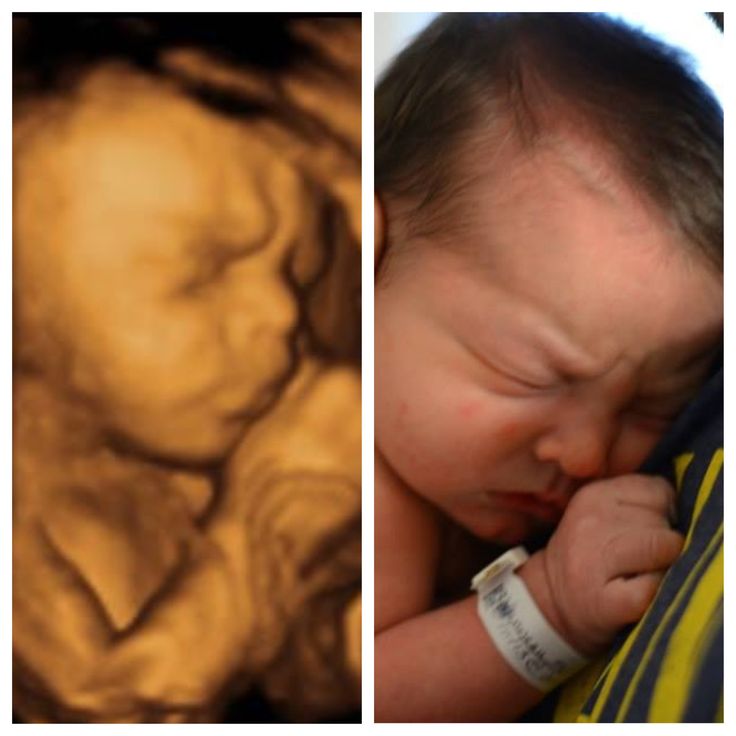 "
"
The study adds to our understanding of what it's like to be an unborn baby. Revealing how sound reaches infants could help us to understand how hearing and speech develop after birth, for example.
The fact that the womb's walls soak up sound from outside will be a relief to those concerned about the effect of outside noise on unborn babies. Health experts had worried that expectant mothers who work in loud factories or attend rock concerts might be putting their children's hearing at risk. This study suggests that some of the sound is being filtered out.
It also suggests that mothers who play music to their unborn children should chose something with a lot of bass if they want their babies to hear the notes. But we're still no nearer to knowing whether the practice gives them a head start in life, says Alexandra Lamont, who studies early development at Keele University, UK. "People try to 'teach' their babies by playing them music in the womb, but there's little evidence to suggest that it's advantageous," she says.
References
Smith, S. L., Gerhardt, K. J., Griffiths, S. K., Huang, X. & Abrams, R. M. Intelligibility of sentences recorded from the uterus of a pregnant ewe and from the fetal inner ear. Audiology and Neuro Otology, 8, 347 - 353, doi:10.1159/000073519 (2003).
Article Google Scholar
Download references
Authors
- Michael Hopkin
View author publications
You can also search for this author in PubMed Google Scholar
Rights and permissions
Reprints and Permissions
About this article
Hearing development in children
From birth until puberty, our organs are constantly developing and growing. Although it is not entirely obvious, this process also occurs with our ears.
Our hearing begins to develop even in the womb, but before it begins to play a significant role in our communication, interaction with others, obtaining knowledge, a certain period of time must pass.
How children hear
weeks, his ears are already beginning to form, and by the 18th week the child is able to hear the sound. The baby can hear sounds outside the womb, but they are half muffled for him. The sounds are not clear due to the fact that the child is surrounded by water. However, he also hears various internal sounds, including the mother's heartbeat, stomach growling, and breathing.
Around the 24th week of pregnancy, the baby begins to react to sounds and voices. The brightest sound for him is the mother's voice and over time the child may well recognize it. Many moms talk to their babies while they're still in their tummy, but many of them don't know that the baby is actually hearing them.
During pregnancy, it is important not to be exposed to excessive noise for long periods of time. Although loud noises and occasional concerts cannot harm a baby, prolonged exposure to excessive noise can cause hearing loss before the baby is born.
How hearing develops
From the moment of birth, hearing continues to develop. There are children who are already born with hearing loss. There are children whose hearing is lost over time, for example, after an illness. The ideal option would be to conduct hearing tests in the first days after birth in order to identify problems at an early stage, if any, and breathe a sigh of relief if they are not. An important point in the development of a child's hearing is the presence of vaccinations, since some diseases can have complications in the form of hearing loss. Watching your child can also help you identify hearing problems before they become serious. If you have any suspicions that your child is hard of hearing, you should immediately pay a visit to the doctor.
There are children who are already born with hearing loss. There are children whose hearing is lost over time, for example, after an illness. The ideal option would be to conduct hearing tests in the first days after birth in order to identify problems at an early stage, if any, and breathe a sigh of relief if they are not. An important point in the development of a child's hearing is the presence of vaccinations, since some diseases can have complications in the form of hearing loss. Watching your child can also help you identify hearing problems before they become serious. If you have any suspicions that your child is hard of hearing, you should immediately pay a visit to the doctor.
Hearing is closely related to the development of the child and his communication with peers and adults. With the help of hearing, children follow the voice, look for the person who is speaking, can calm down from the sounds of the voice, gain knowledge, play games. All this can be seen at the stages of their development.
From birth, the only way children can signal their needs to adults is crying. For different needs, they can cry in different ways. They react to loud noises by crying. They recognize their mother's voice and the voices of other family members and soothe or smile to the sound of the voices of the people who care for them.
At about four to six months, babies begin to develop a better understanding of sound. They respond to changes in voice tone, follow the direction of the noise with their eyes, and can also look for the source of the noise. They notice the music, laugh and even babble to imitate speech.
By the first year, babies begin to build vocabulary and improve their understanding of sounds. They try to copy the sounds of the words around them. Many children learn simple words like "mom" or "baba" and recognize their own name. They hear when they are called and turn in the direction of the sounds. They may even communicate by raising their hands, waving, or clapping their hands.
Identifying hearing loss in children
Hearing plays an important role in the overall development of a child. It is needed for communication, learning the language and understanding the world around us. If hearing is difficult or completely reduced, it will be more difficult for a child to learn to speak and communicate their needs.
Children with hearing loss may exhibit behaviors such as:
- Do not respond when called by name.
- Do not turn around to see where the sound is coming from.
- Touching or grasping the ears (this may indicate pain or tinnitus).
- Inattentive to sounds and voices around them.
Children who have learned to speak may have the following signs of hearing loss:
- difficulties at school.
- unusual speech patterns in the voice.
- frequent complaints of earache or loud noise.
- eyes are fixed on the lips of the people they are talking to (lip reading).

- cannot make out words even when repeated and pronounced clearly. often say "what" or "yes".
- sitting close to the TV, turning up the volume or asking for subtitles.
- do not respond to their name.
These hearing problems can be caused by temporary hearing loss due to ear infections, or they can be signs of a more serious problem - acquired hearing loss.
Hearing problems in children
Hearing problems in children come in three main forms:
1. congenital
occurs from birth and is usually identified at an early stage.
Congenital hearing loss can be caused by:
- Genetic conditions such as autosomal recessive hearing loss
This is the most common form of genetic hearing loss. In this case, both parents are carriers of the recessive hearing loss gene and pass it on to their child.
- Autosomal dominant hearing loss is the second most common and occurs when a father with a dominant gene passes it on to his child.

- Genetic syndromes such as Trecker Collins Syndrome, Alport Syndrome, Down Syndrome, Ushers Syndrome and others.
- Premature birth.
- Maternal diseases during pregnancy, such as - rubella, toxoplasmosis, herpes.
- Complications at birth: lack of oxygen or need for a blood transfusion.
- Abuse of drugs or alcohol by the mother.
- Use of ototoxic drugs.
2. acquired
occurs after birth. Occurs as a result of injury or illness.
Causes of hearing loss acquired:
- head injury
- Perforation (rupture) of the eardrum
- Serious infections (measles, pig, meningitis, pertime)
- Long -term shums
- Disease untreated ear infections
3. temporary
most often caused by temporary ear infections and Eustachian tube congestion.
Temporary hearing loss is often caused by ear infections and can be corrected with medication and treatment. However, if left untreated, temporary hearing loss can become chronic.
However, if left untreated, temporary hearing loss can become chronic.
All forms of hearing loss can adversely affect a child's development and hearing. For this reason, it is important to pay close attention to how your child hears and communicates with others. If you are in doubt, have your child have a hearing screening. If your child is indicated for hearing aids, do not despair - seek advice from our hearing care specialists. These are people who will professionally select hearing aids specifically for your child and set them up correctly.
You can make an appointment by calling: 068/095/063 472-03-03 or using the chat on the website.
Impact of maternal noise exposure during pregnancy on children's hearing / phonak-kids
A recent study found that noise exposure during pregnancy can damage fetal hearing. If the mother works in a noisy industry, the risk increases by 80%.
-
Far - close
Creation of readiness for life in society.
 Article by Emilia Leonhard
Article by Emilia Leonhard Growing up
-
Phonak webinar for audiologists, deaf educators, youth and parents of children with hearing impairments
Modern assistive equipment for successful hearing and speech rehabilitation (link to entry)
Training
-
6 questions for choosing a teacher of the deaf
Expert advice for parents
Training
Until recently, it was assumed that the fetus is reliably protected by the tissues of the mother's body from the effects of noise. However, found that loud noise could reach fetus . A study carried out at the Institute for Environmental Medicine at Karolinska University in Stockholm proves that during pregnancy, women should avoid exposure to high noise levels.
The study, published in the journal Environmental Health Perspectives, covered 1.4 million children born in Sweden since 1986 to 2008. The following indicators were analyzed: the mother's profession, her age, ethnicity, body mass index, length of stay on leave for health reasons, bad habits (smoking) and socio-economic factors.
According to the results obtained, in the group of part-time and full-time workers, the adjusted value of the relative risk (HR) of a child's hearing loss associated with exposure to occupational noise levels above 85 dB, compared with noise levels below 75 dB, is 1.27 (95% confidence interval). If only full-time female workers are considered, this rises to 1.82 (95% CI).
“The Swedish Occupational Safety and Health Administration advises pregnant women to avoid noise levels above 80 dBA, but unfortunately this recommendation is not always followed,” says Jenny Selander , lead investigator of the study. “Our results show how important it is to employers have followed this recommendation. Even if pregnant women use personal hearing protection, their unborn children remain unprotected.”
Article published December 17, 2015 in Audiology Worldnews. Photo: © Emily Cahal - sxc.hu
Source: Karolinska Institutet; Selander J, et al.